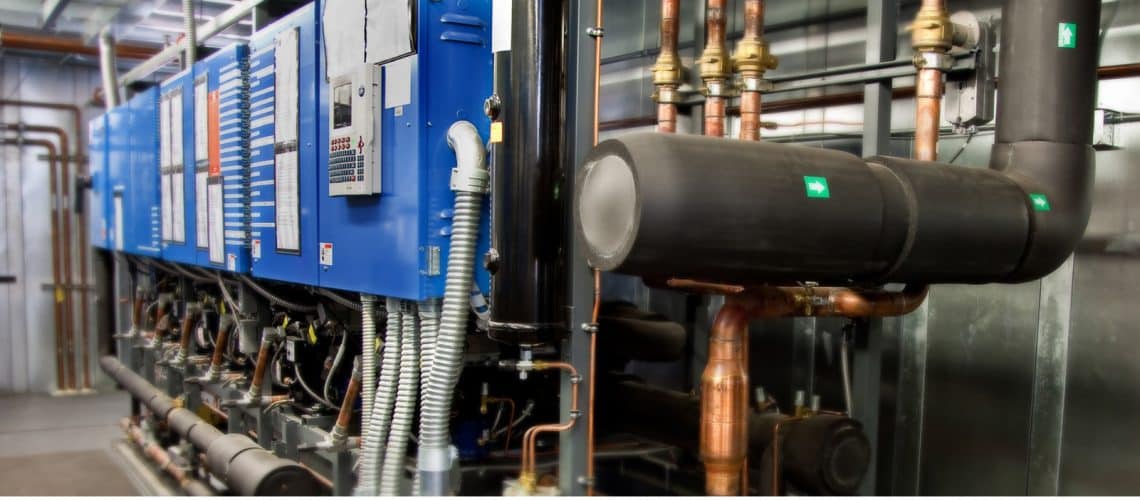FAQs When Purchasing and Operating Commercial Refrigeration Systems

So, you have your food retail business set up, merchandise all planned out, and in-store promotions are ready, but do you have the right refrigeration solution in place? Commercial refrigeration systems are part and parcel of grocery stores, supermarkets, and convenience stores. A refrigeration system consists of the equipment needed to make “cold” and the refrigerated display cases using that “cold” to store products and keep them fresh or frozen. That is why choosing the right refrigeration solution and being knowledgeable of the nuts and bolts of commercial refrigeration systems, in general, is of paramount importance to store owners.
Before making that important decision on which refrigeration system best fits the needs of your store, here are some FAQs on commercial refrigeration systems to help guide you in your decision:
What are some typical commercial refrigerated display cases available?
Depending on your need, there is a variety of commercial refrigerated display cases available in the market that can be divided, for the most part, into open cases (open to the environment) and door cases (closed to the environment). Door cases, such as reach-in merchandisers, are used for low- and medium-temperature applications, such as beverages, dairy, frozen foods, and ice cream. They are easily accessible at arm’s length and are ideal for creating walls of merchandise. Open cases, on the other hand, can also serve either low- or medium-temperature applications and contain anything from produce to meat, poultry, seafood, beverages, dairy, deli, baked goods, etc. In addition, there are also walk-in coolers/freezers suitable for storing a large volume of food products, ideal for the needs of supermarkets and food service providers.
How to choose the correct refrigerated display case size?
Getting the right refrigerated display case size for your food retail business is important to minimize cost and not waste important sales space or energy. Depending on your sales floor area and how much food you need to display, there are display case sizes available ranging from 2 feet to 12 feet wide for open cases and 2-doors to 6-doors for door cases. Display case volume usually ranges from 5 to 80 cubic feet per case.
How can I save on costs in operating commercial refrigeration systems?
The refrigeration equipment used to create the “cold” utilizes a lot of energy. That’s one good reason why saving on cost is essential for food retailers of all sizes. There are ways that you can save on energy and cost when it comes to your display cases, like using night curtains to keep open cases cold when your store is closed, using energy-saving LED lights instead of fluorescent lighting, and keeping freezer doors closed and sealed by using quality gaskets that don’t easily wear out. At the same time, to significantly save cost on refrigeration, it is highly recommended to use natural refrigeration solutions which use environmentally friendly refrigerants, such as CO2, ammonia, and propane.
What’s the best brand to choose?
When buying a refrigeration system, it is necessary to pay attention to the brand of the equipment. Choosing tried-and-tested brands will not just improve your store performance but also save you money in the long run. It is critical to choose brands that have extensive knowledge and years of experience in servicing the food retail industry. Also, brands that offer great after-sales service, comprehensive warranty, and equipment energy savings benefits should be on the top of your list when looking for commercial refrigeration systems that meet your store’s needs.
Choosing the right refrigeration system for your food retail business is not an easy task. Sure, there are other factors you need to consider and steps you need to take before making the final decision. However, these FAQs should serve as a good start and point you in the right direction.